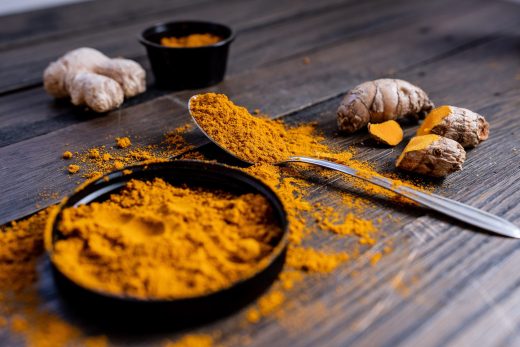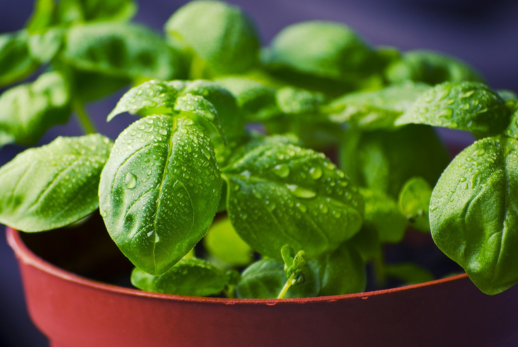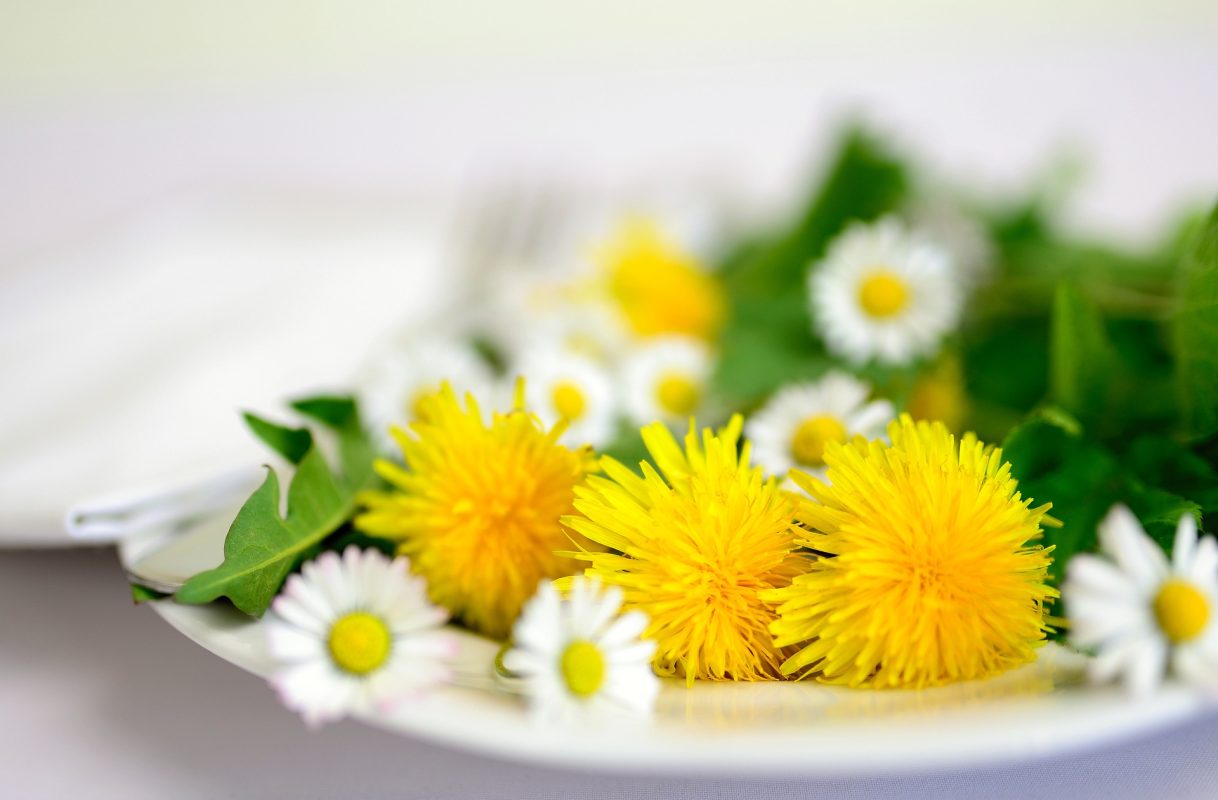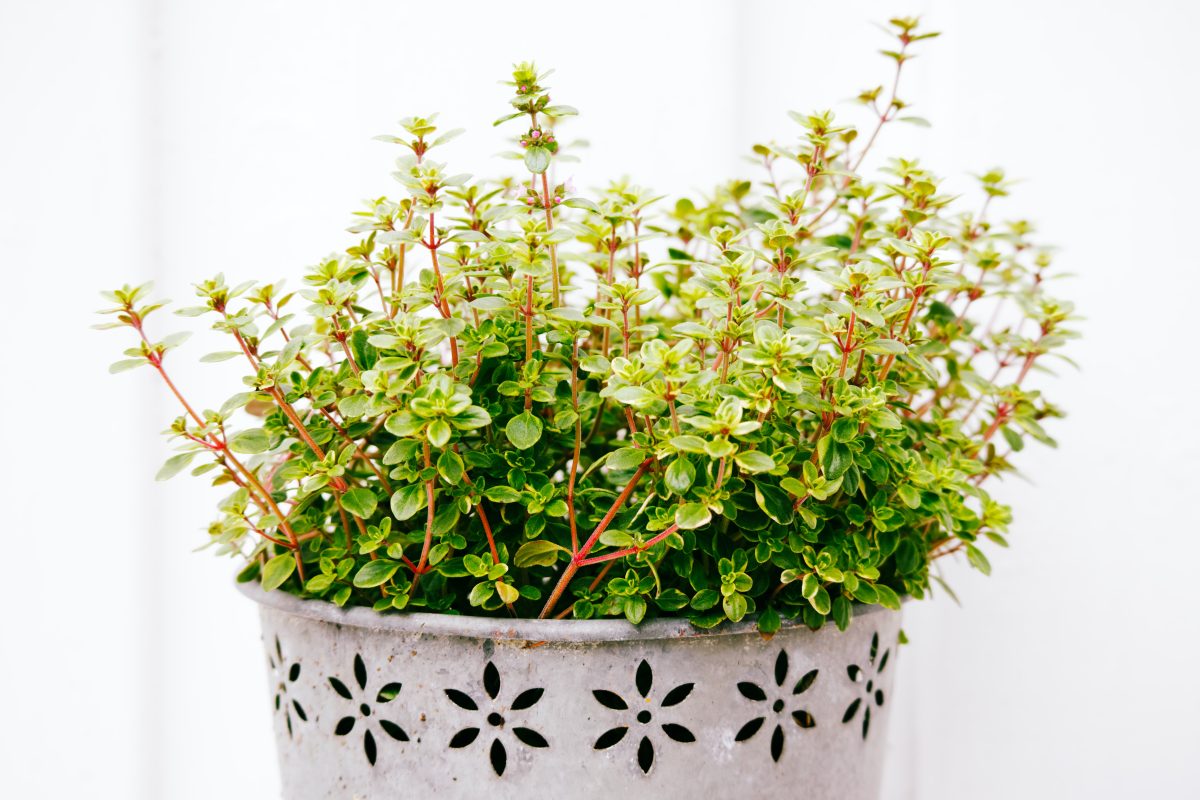Turmeric, a vibrant golden spice, has been cherished for centuries not only for its rich flavors but also for its numerous health benefits. As a key ingredient in countless dishes and traditional remedies, turmeric’s popularity has soared in recent years, making it a sought-after addition to any home garden.
Cultivating this versatile plant can be a rewarding experience, as it not only provides an endless supply of fresh turmeric for your culinary adventures but also adds a splash of tropical beauty to your garden.
Read on to explore the art of growing turmeric– from planting to harvesting – and sharing valuable tips to ensure your turmeric plants thrive in your care. Get ready to embark on a colorful journey that will transform your garden and elevate your home-cooked meals to new heights.
Why Grow Turmeric?
Curcuma longa, Indian saffron, or turmeric is part of the Zingiberaceae family and is closely related to ginger and cardamom. The iconic golden color is provided by a substance called curcumin. This compound doesn’t only provide color, but plentiful health benefits too!
Turmeric is a spice that is widely used in cooking and has also been used in traditional medicine for centuries. Growing turmeric has become popular because it is easy to grow and has several health benefits.
According to Johns Hopkins Medicine1, turmeric has been shown to have benefits for inflammation, degenerative eye conditions, metabolic syndrome, and arthritis.
Additionally, turmeric has been explored for its possible effects on mood disorders, depression, and dementia. Growing turmeric at home is also a cost-effective way to have a fresh supply of turmeric for cooking and other uses.
Turmeric plants are perennial shrubs that grow up to 3 feet tall with delicate, aromatic leaves and clusters of little white flowers, sometimes with purple or pink tips.
They prefer full sunlight and moist soil but will tolerate some drought conditions if they’re well-established in your garden.

Planting

The turmeric plant requires 9-10 months for a growing season, but don’t let that scare you.
Once it’s in the soil, there’s not much more for you to do.
Soil And Location
Turmeric is a tropical plant, so it needs plenty of sun. It’s best to grow turmeric in well-drained soil that has been enriched with compost or other organic matter. The ideal location for growing turmeric is an area with full sun and warm temperatures–around 80 F (27 C). However, you can still grow turmeric successfully if your climate is cooler than this; just keep in mind that the plants will be smaller if they don’t get enough heat during their growing season.
Turmeric favors a rich, slightly acidic soil with a pH between 4.5 and 7.5 that drains well. Adding compost and/or manure can help to enrich the soil and improve drainage. The ideal depth of the soil should be between 8 to 12 inches, until it is crumbly, and should be spread evenly. Pro-Mix Premium Organic Soil, which contains essential nutrients to boost turmeric plant growth, can be used to add or replenish organic soil for turmeric.
It is also important to ensure that the soil for turmeric plants is organically rich, as the rhizome can easily rot if the soil is not well-drained.
Sowing
Start your turmeric plant 10 months before your first frost of the fall. In many climates that means starting it indoors around January or February. Areas with milder climates will allow you to sow your rhizomes directly outdoors in March.
Choose rhizomes to plant carefully. You want larger rhizomes that have several bumps or buds on them. In this case, larger is better. The larger the rhizome, the faster you’ll see shoots growing. Aim for rhizomes that have between 3 and 4 bumps.
The rhizomes should be planted in the very early spring in warm soil. Colder soil means slower growth and may risk frost before you can harvest. Your rhizomes should be planted 1 inch deep with the buds facing upwards and with a space of at least 4 inches between plants and 20 inches between rows.
After planting your rhizomes, cover them with compost or organic material such as peat moss or sand before watering well so that they don’t dry out too quickly while germinating (sprouting).
Once your shoots have grown to around 5 inches high, either transplant them to a larger pot (if growing indoors) or plant outside 4 to 6 inches apart and 2 to 4 inches deep. When growing indoors, it’s recommended to use a heating mat to maintain a steady 70 degrees for your turmeric plant while it’s sprouting.
Sunlight And Watering
Turmeric is a tropical plant that prefers full sunlight, but will tolerate partial shade. It needs at least 6 hours of direct sunlight per day to grow well. Turmeric does best between the temperatures of 69- and 86-degrees F. Anything more than 86 degrees and your turmeric plant will need some afternoon shade and extra water.
Turmeric plants need regular watering throughout the growing season (late spring through early fall). During this time period, your plant should be watered every 1-3 days depending on how hot it gets where you live and how much water your soil retains.
Turmeric does not like wet feet! The soil should be kept evenly moist, but not soggy or waterlogged at any time during the year; overwatering can lead to root rot and lower yields from your crop.
In addition to keeping the soil evenly moist throughout its growing cycle (which lasts about 10 months remember), turmeric requires frequent watering during its first few weeks after transplanting into containers or raised beds; this helps establish strong roots before setting them outdoors where they’ll need less frequent watering once established.
Cut back on watering before your harvest to make pulling the rhizomes from the ground easier.
Harvesting And Propagation
Turmeric is generally harvested in late fall to early winter. When your turmeric enters dormancy it’s time to harvest.
The outer leaves should be a yellow-brown color and the plant will be starting to die back.
To harvest turmeric, you should gently pull all of the roots and tubers out of the ground.
After harvesting turmeric, set aside a few rhizomes for planting in the fall and use the rest for cooking or storing.
While fresh turmeric has a short shelf life in the refrigerator, lasting a week or two, it can be frozen to preserve it longer.





